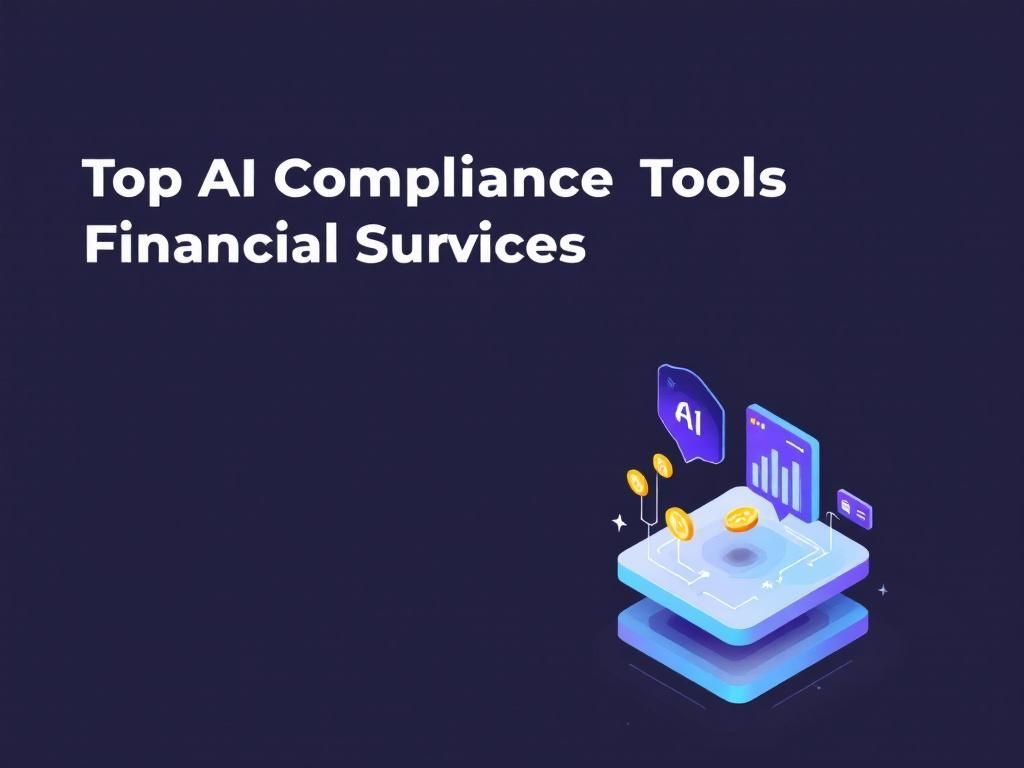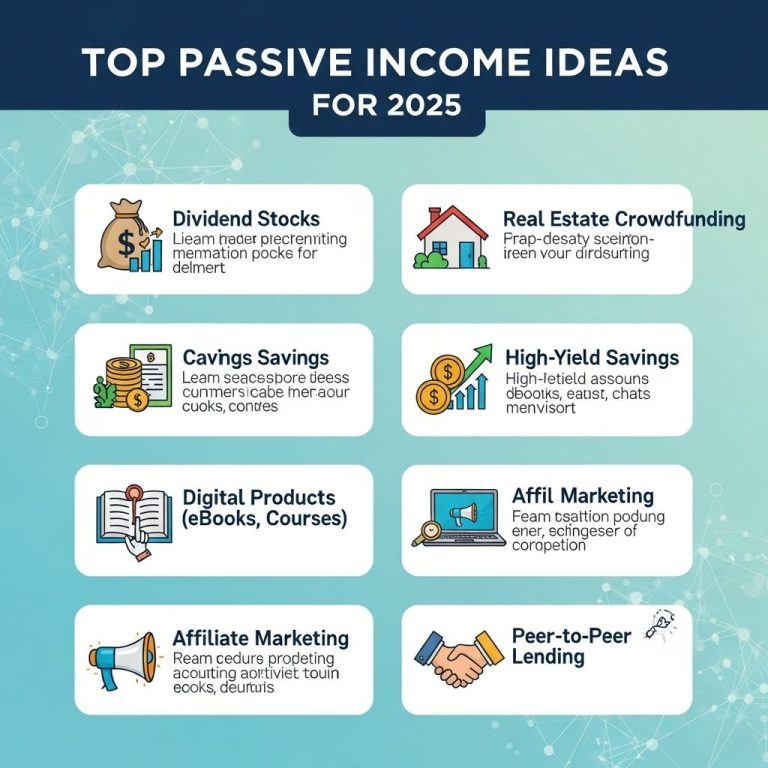As the financial services industry undergoes a digital transformation, the demand for robust compliance tools, particularly those utilizing artificial intelligence (AI), is higher than ever. Regulatory frameworks are becoming increasingly complex, and institutions must navigate a myriad of requirements while managing risk effectively. AI compliance tools can automate processes, enhance accuracy, and provide deeper insights into regulatory obligations. In this article, we delve into the top AI compliance tools expected to revolutionize the financial services sector by 2025.
The Importance of AI in Compliance
AI technologies offer significant advantages in compliance management, including:
- Efficiency: Automating repetitive tasks allows compliance teams to focus on more strategic initiatives.
- Accuracy: Machine learning algorithms can analyze large datasets with minimal errors, reducing the risk of non-compliance.
- Real-time monitoring: AI systems can provide continuous monitoring of transactions and activities, identifying issues before they escalate.
- Predictive analytics: AI tools can forecast potential compliance issues based on historical data, allowing firms to take proactive measures.
Key Features to Look for in AI Compliance Tools
When evaluating AI compliance tools, financial institutions should consider several critical features:
1. Data Integration
The ability to integrate with existing systems is crucial. The ideal compliance tool should seamlessly connect with various data sources, including databases, CRM systems, and third-party applications.
2. Scalability
As businesses grow, their compliance needs evolve. A scalable tool can adapt to increasing data volumes and regulatory requirements without compromising performance.
3. User-friendly Interface
An intuitive interface enhances user adoption and productivity. Ensuring that compliance teams can navigate the tool with ease is essential.
4. Advanced Analytics
Tools should offer advanced analytics capabilities, allowing users to gain insights into compliance trends and potential risks through data visualization and reporting.
Top AI Compliance Tools to Watch
Here are some of the leading AI compliance tools projected to make significant impacts in the financial services sector by 2025:
1. Ayasdi
Ayasdi leverages machine learning to uncover hidden compliance risks across large datasets. Its ability to provide insights into complex regulatory environments makes it a preferred choice for financial institutions.
2. NICE Actimize
NICE Actimize offers a comprehensive suite of AI-driven compliance tools focused on anti-money laundering (AML) and fraud detection. Its advanced analytics can parse through vast transaction data to identify anomalies.
3. Fenergo
Fenergo is known for its client lifecycle management solutions, using AI to ensure compliance with KYC (Know Your Customer) regulations. Its platform automates the onboarding process, reducing the time and costs involved.
4. ComplyAdvantage
This tool provides real-time insights into risks associated with customers and counterparties. Using AI, it offers a comprehensive database to identify potential compliance issues in various jurisdictions.
5. Riskified
Riskified applies machine learning to enhance fraud protection and compliance in e-commerce for financial services. Its solutions help businesses to minimize chargebacks and comply with payment regulations.
Benefits of Implementing AI Compliance Tools
In addition to improving accuracy and efficiency, integrating AI compliance tools into financial services provides several other benefits:
- Cost Reduction: By automating tasks, firms can reduce the resources spent on compliance-related activities.
- Enhanced Risk Management: AI tools provide deeper insights into potential risks, allowing institutions to respond more effectively.
- Improved Regulatory Reporting: AI can streamline the process of generating compliance reports, minimizing the risk of inaccuracies.
- Better Decision Making: Insights gained from AI analyses empower compliance teams to make informed decisions swiftly.
Challenges in AI Compliance Adoption
While the advantages of AI compliance tools are clear, several challenges persist:
1. Data Privacy Concerns
Financial institutions must ensure they comply with data protection laws, which can complicate the use of AI tools that analyze customer data.
2. Integration with Legacy Systems
Many financial institutions still rely on legacy systems, and integrating new AI tools can be a complex and costly process.
3. Skill Gap
The rapid advancement of AI technologies may outpace the current skills of compliance professionals, necessitating ongoing training and development.
4. Regulatory Uncertainty
The regulatory landscape itself is continually evolving, making it challenging for institutions to keep their compliance tools updated and effective.
Future Trends in AI Compliance
As we look toward 2025 and beyond, several trends are likely to shape the landscape of AI compliance in financial services:
1. Increased Adoption of Natural Language Processing (NLP)
NLP will enhance the ability of compliance tools to analyze regulatory texts and extract relevant information, making it easier for firms to stay informed about compliance obligations.
2. Hyperautomation
The combination of AI and automation technologies will lead to hyperautomation, where not just tasks but entire workflows will be automated, further reducing human error.
3. AI Ethics and Governance
As AI technologies become more prevalent, institutions will need to establish robust governance frameworks to ensure ethical use and compliance with emerging regulations.
Conclusion
The financial services industry is set to experience a significant transformation in compliance management through the adoption of AI tools. These technologies not only streamline compliance processes but also provide actionable insights to navigate the increasingly complex regulatory environment. By 2025, organizations that harness the power of AI will position themselves to not only meet regulatory requirements effectively but also gain a competitive edge in the financial market.
FAQ
What are the top AI compliance tools for financial services in 2025?
In 2025, some of the top AI compliance tools for financial services include Darktrace, Actico, NICE Actimize, SAS Anti-Money Laundering, and ComplyAdvantage, known for their robust features in fraud detection and regulatory compliance.
How can AI compliance tools benefit financial institutions?
AI compliance tools can benefit financial institutions by automating compliance processes, enhancing risk management, detecting anomalies in transactions, and improving overall regulatory adherence.
What features should I look for in AI compliance tools?
Key features to look for in AI compliance tools include real-time monitoring, machine learning capabilities, data analytics, automated reporting, and integration with existing financial systems.
Are AI compliance tools cost-effective for small financial firms?
Yes, many AI compliance tools offer scalable solutions that can be cost-effective for small financial firms, enabling them to maintain compliance without extensive resources.
How do AI compliance tools help in fraud detection?
AI compliance tools help in fraud detection by analyzing vast amounts of transaction data, identifying patterns, and flagging suspicious activities that may indicate fraudulent behavior.
What is the future of AI compliance tools in the financial sector?
The future of AI compliance tools in the financial sector is expected to involve greater automation, enhanced predictive analytics, and improved regulatory technology, making compliance processes more efficient and effective.




